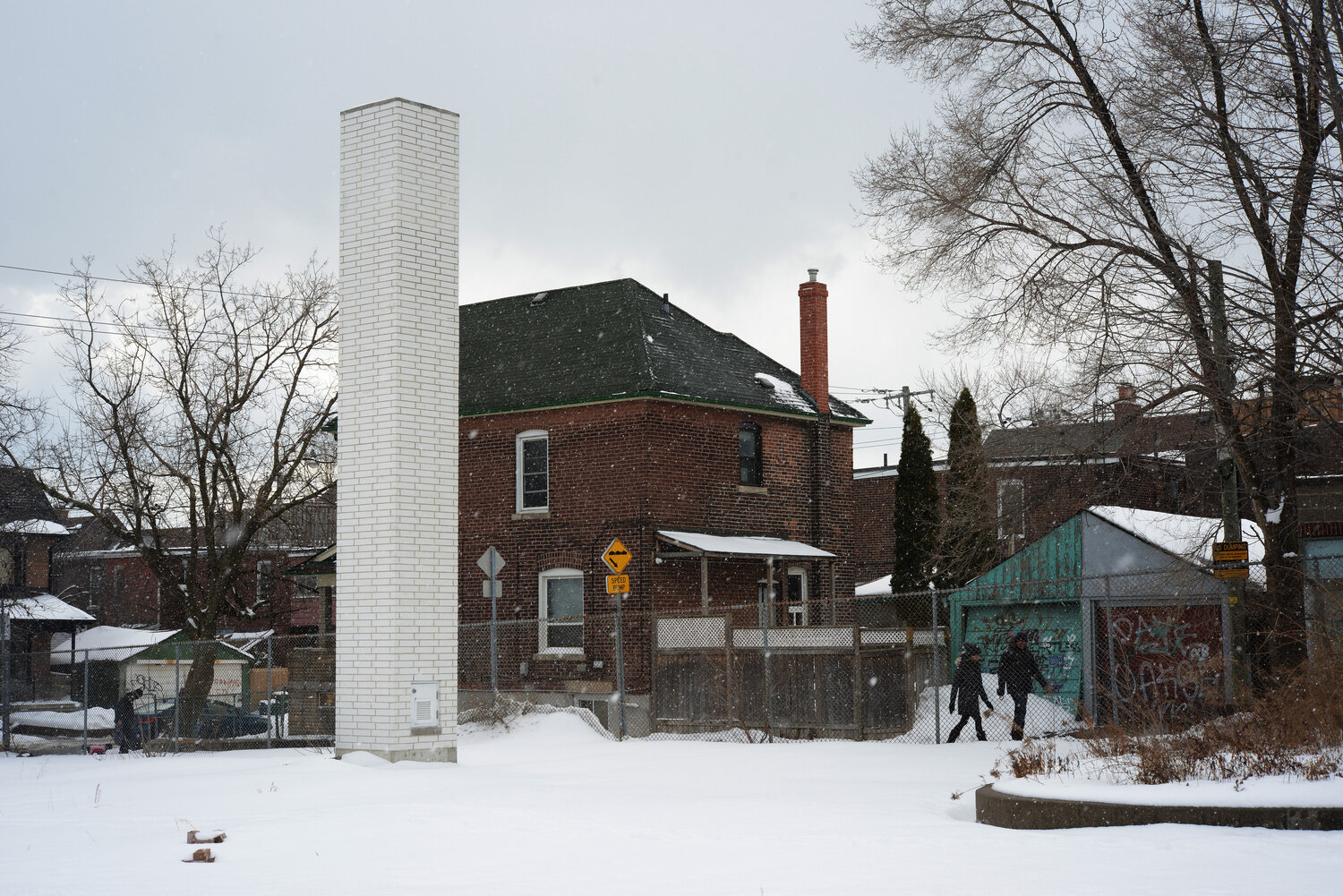Toronto can still (and does) apply to the MoE for capital costs to build schools. One of the reasons the MoE isn't approving those costs is because of the terrible planning at the TDSB. Your statement was that "the MOE tends only to fund replacement schools, rather than new, only when that school is full to the brim, and there's no other school in the area that can take the students." is not accurate. Almost every board in the province has declining enrolment, but the MoE continues to select to build all new schools in those boards. Almost all of the new schools approved are in boards with excess capacity somewhere in the board. So to say that it "tends to only fund replacement schools" is inaccurate in most places in the province. The TDSB is unique in that their planning has been poor. Could also partly be because Toronto is unique in that it is only one city, and geography isn't as limiting when it comes to utilizing all the currently available spots before adding capacity.
I'm not sure where you get your information.
You can keep critiquing my facts with your opinions and I'm going to start getting testy.
If you have actual facts, please feel free to post.
First, the actual capital and operating allocations for every board in Ontario up to 2016 is here:
http://www.edu.gov.on.ca/eng/funding/1617/2016_funding_en.pdf
Perhaps you would care to note that Peel District School Board, along w/many others gets to charge Development Charges to finance capital investment beyond what the Ministry grants.
The TDSB is NOT permitted to do so.
This report outlines a great deal about development charges for school boards in Ontario.
http://www.peelschools.org/trustees... and Policies Review Report.March 27 2014.pdf
Please note that capital allocations in the above budgets include SOGR and other related programs.
That the TDSB has a much higher average age of building than does Peel.
**********
As for your assertion that the TDSB doesn't shift boundaries, that's patently absurd.
This is done by a process called Accommodation Review Committees or ARCs for short, of which Toronto has had an abundance.
***********
Also, please note the capacity utilization rates, which are included in the first link, they are lower for Toronto, substantially so, than either the Toronto Catholic or Peel Public boards.
*********
There are many things for which the TDSB may be rightly excoriated.
But the development charge issue is not one of them. Nor is your mysterious 'bad planning' that has somehow affected capital grants.
*******
Finally, your correction as follows:
tends to only fund replacement schools" is inaccurate in most places in the province..........
..is correcting something I didn't say. I just repeated above, IN Toronto. 